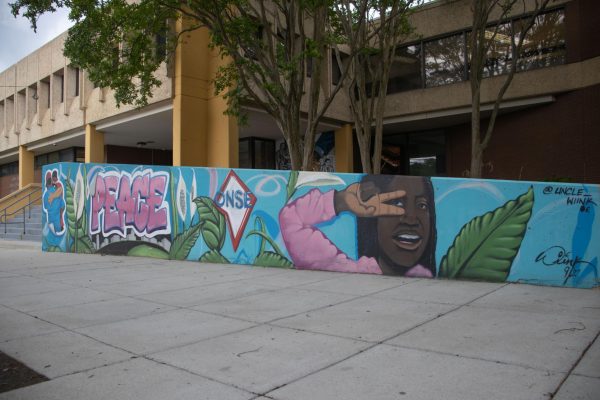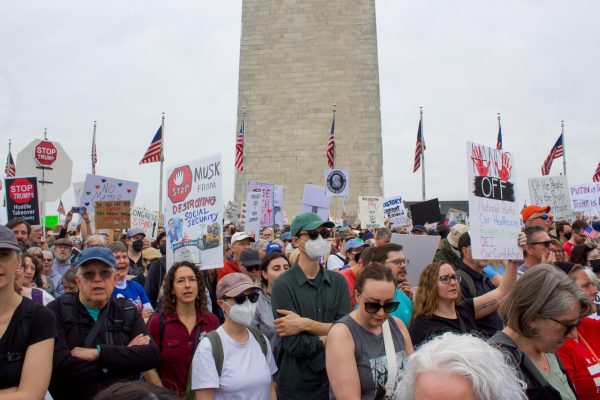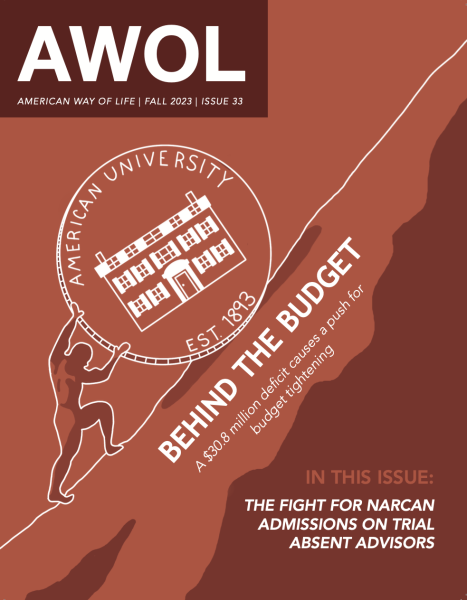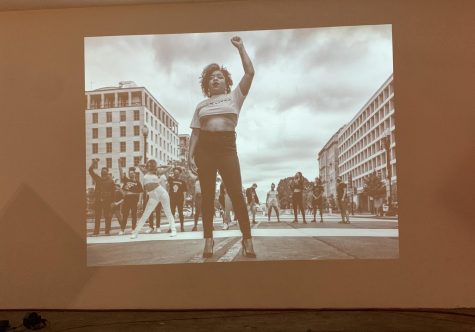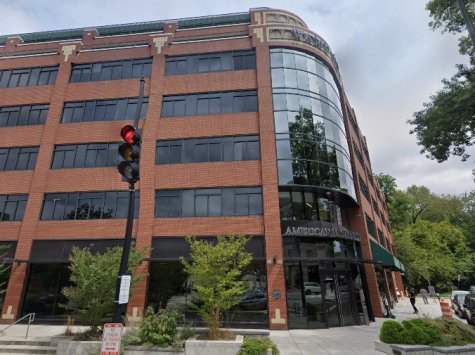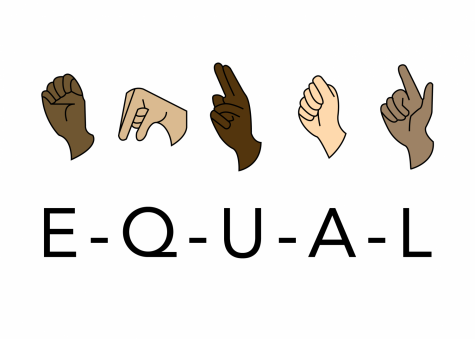Portraits of our Planet
Photo essay on National Parks

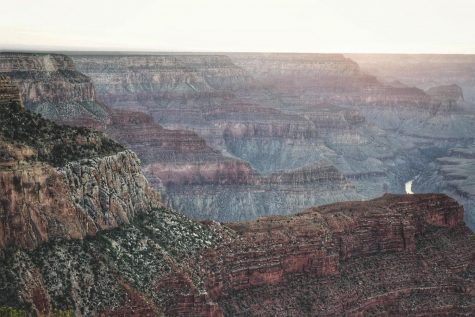
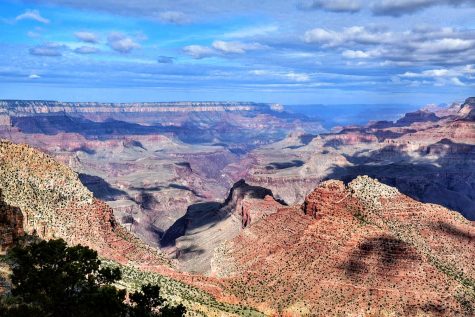


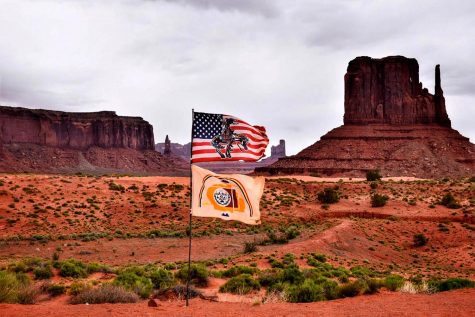
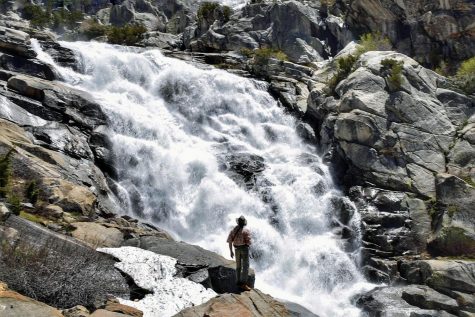

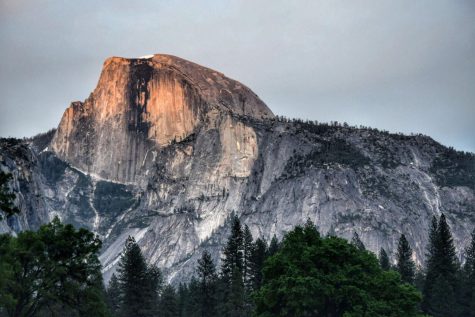
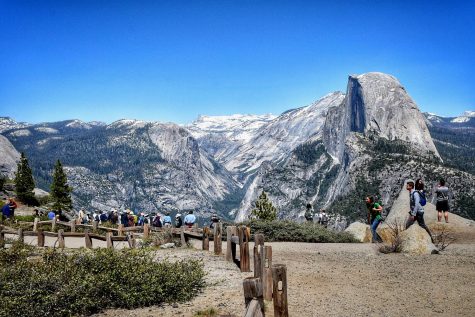
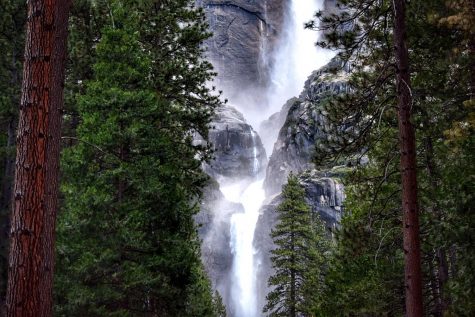
Gentlemen, why in heaven’s name this haste? You have time enough. […] Ages and ages lie before you. Why sacrifice the present to the future, fancying that you will be happier when your fields teem with wealth and your cities with people? In Europe, we have cities wealthier and more populous than yours, and we are not happy. You dream of your posterity; but your posterity will look back to yours as the golden age, and envy those who first burst into this silent, splendid nature, who first lifted up their axes upon these tall trees, and lined these waters with busy wharves. Why, then, seek to complete in a few decades what the other nations of the world took thousands of years over in the older continents? […] Why, in your hurry to subdue and utilize nature, squander her splendid gifts? […] Why hasten the advent of that threatening day when the vacant spaces of the continent shall all have been filled, and the poverty or discontent of the older States shall find no outlet? You have opportunities such as mankind has never had before, and may never have again. Your work is great and noble; it is done for a future longer and vaster than our conceptions can embrace. Why not make its outlines and beginnings worthy of these destinies, the thought of which gilds your hopes and elevates your purposes?
– Lord James Bryce, 1888
With recent events, it seems that the temporary lifespan of nature has been forgotten. It may not seem so temporary- as our lives last only a millisecond within the realm of earth’s life- but the impact we have on the natural world is the most toxic opponent the earth has come up against since the meteors and asteroids that plagued the planet millions of years ago. While you are enjoying snapshots of some of the most artistic masterpieces that our country has to offer, the very same landscapes that can never be recreated or depicted to justice, I ask you to think of the personal impact you have on our planet.
Famed founder of the Sierra Club, John Muir once vigorously advocated the importance of protecting our natural wonderlands here in the United States as Natural Parks to President Theodore Roosevelt, who upon arriving in the Yosemite Valley, Yellowstone, and the Grand Canyon found himself in the midst of something much bigger than just one human experience. They decided not only to protect these masterpieces but to give it to the people, which still allows us to enjoy these wonders to this day. This will not be the case if protections cease to exist.
These places and these living things deserve to be preserved because they were here on this earth much before you and I. From the tallest of the Sequoias to the smallest beginnings of a hoodoo in the Bryce Canyon Amphitheater, or the animals making these places their home, their world is just as important as you and I and the little worlds we live in day by day.
Let nature take its course, do not taint the natural world with your industrial hands. We will not be able to sustain ourselves without the natural world, and the natural world cannot sustain itself without our care. Next time you find a new beautiful nook in a part of the world, remember to think about what life might be like if it was destroyed.


